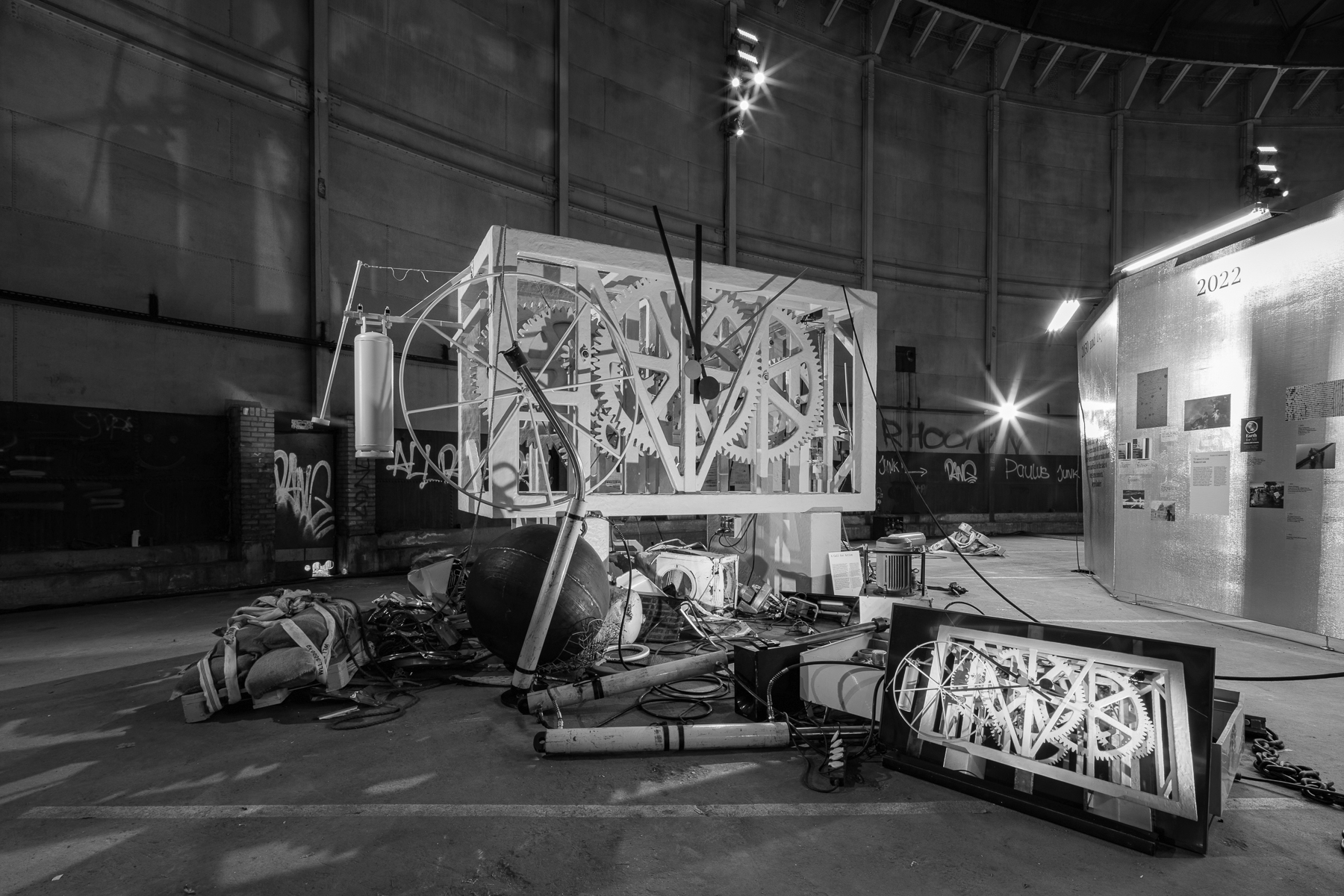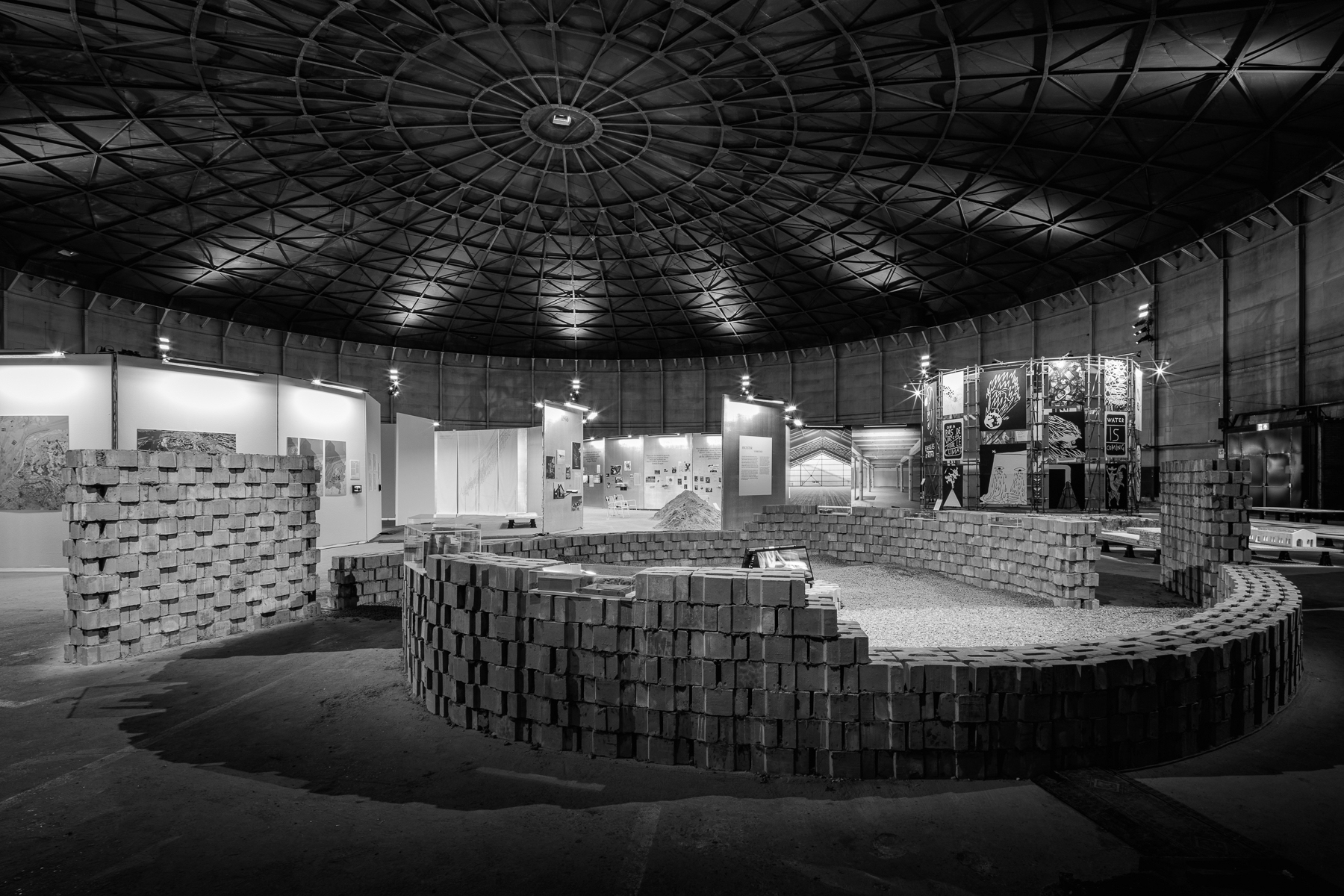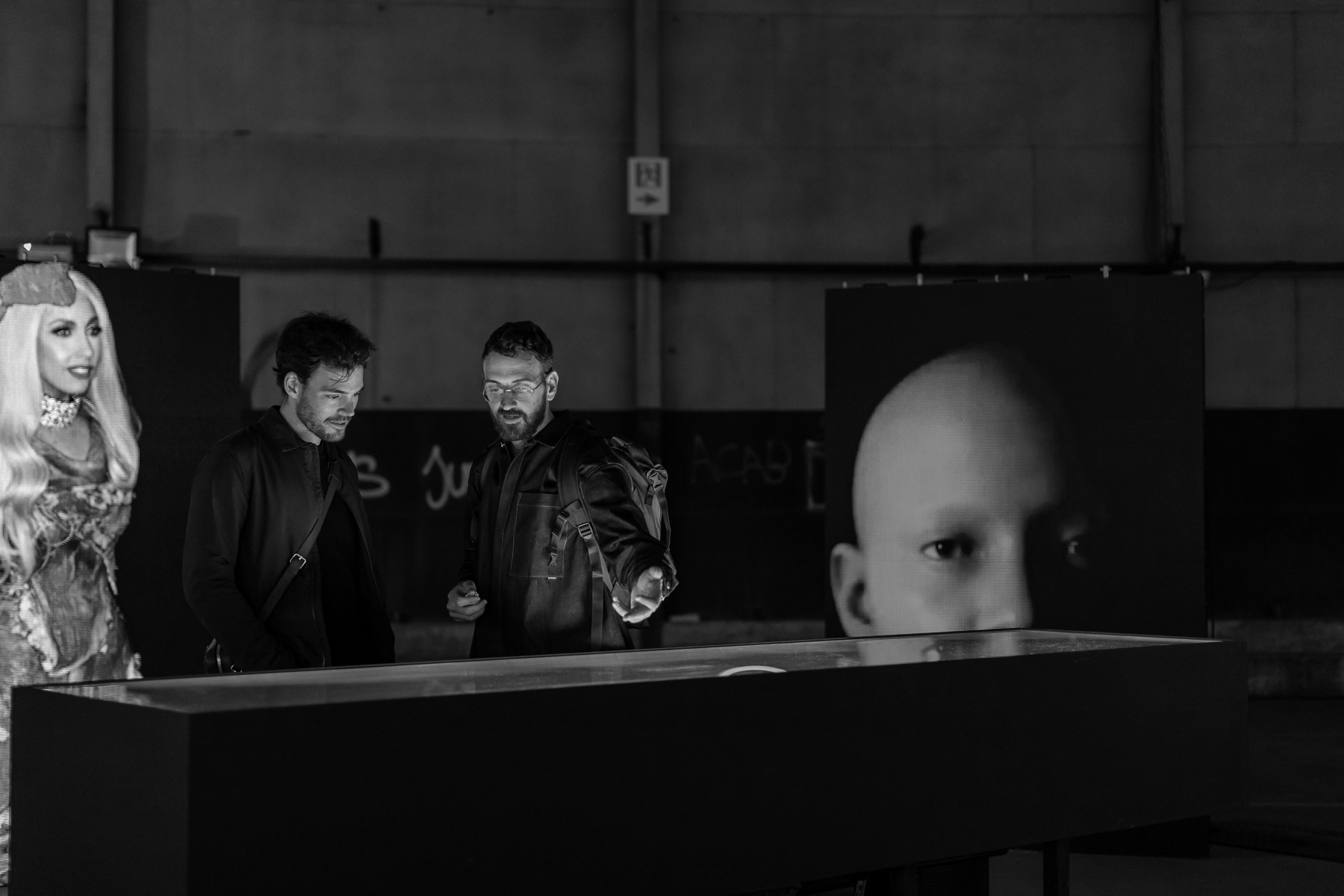
The consequences of our footprint on planet Earth are increasingly noticeable: melting ice caps, forest fires, floods and periods of drought. The situation as it is today was predicted 50 years ago by the Club of Rome, an informal group of academics, scientists, politicians, diplomats and industrialists who published The Limits to Growth in 1972. In this report, the club outlined the possible consequences of an exponential increase in population, agricultural production, resource extraction, industrial production, pollution, and the loss of biodiversity. The report caused a commotion worldwide and marked the beginning of environmental awareness.
A PICTURE BOTH WORRISOME AND HOPEFUL
Fifty years after the publication of the Club of Rome report, the 10th edition of the Architecture Biennale Rotterdam is taking stock. The exhibition brings historical research (from 1972 onward), inspiring practical examples (in 2022) and future scenarios (towards 2072) together. This overview paints a picture that is both worrisome and hopeful. The exhibition features the work of architects, urban designers, artists, academics and landscape designers that documents and maps the causes and consequences of climate change. Their observations create a contemporary landscape that reflects the effects of climate change and calls for a response to this constructed hyperreality

SETTING COURSE FOR A LIVABLE FUTURE
While the Club of Rome recommended limiting growth, the 10th edition of the Architecture Biennale Rotterdam explores alternative ways of growing. The biennale is more than a wake-up call: rather than create an exclusively dark world view, it strives to show the real, hopeful possibilities of new, more radical courses toward a livable future: drastic, achievable transitions that lead to a just and ecologically sound world in which architecture and landscape design make a valuable contribution to humankind, nature, and the planetary system.
TIME AND SPEED AS CRUCIAL ACTORS
The title IT’S ABOUT TIME hints at the ever-mounting time pressure under which we are trying to counteract the effects of climate change and connect them to other social challenges. The title also zooms in on time and speed as crucial factors in architecture and spatial design processes and appeals to the profession to work effectively to resolve socioecological urgencies.

THREE STRATEGIES: ACCELERATOR ACTIVIST AND ANCESTOR
As a starting point, the biennale formulates three strategies that designers can follow: those of the Accelerator, the Activist, and the Ancestor. The Accelerator is efficient through the use of smart technology. The Activist works together, in the here and now, with local communities on small-scale bottom-up projects that have a great deal of social support in neighborhoods and districts. The Ancestor considers the consequences that design choices made now or in the past will have for future generations. The projects and practices that the Architecture Biennale Rotterdam 2022 gathers together in the name of these three strategies are ambitious, often the result of long-term research, and widely applicable. They have been developed in close collaboration with local actors, take the spatial aspect of socioecological issues as their starting point, and use time as a tool in the design process.

IN A FORMER GAS STORAGE FACILITY
The 10th edition of the Architecture Biennale Rotterdam will take place from 22 September to 13 November 2022 in Rotterdam’s city harbors. The exhibition IT’S ABOUT TIME, curated by Derk Loorbach, Véronique Patteeuw, Léa-Catherine Szacka and Peter Veenstra will be presented in the Ferro, an imposing former Natural Gas Container in Rotterdam’s western harbor area.
FUTURE GENERATION
On show in the nearby Keilepand will be the work of FUTURE GENERATION, curated by curated by Hanna Prinssen and Lindsey van de Wetering and in close collaboration with Maria Christopoulou. This exhibition comprises a selection of graduation projects by students from the Netherlands and Belgium. Connecting the two exhibitions is a broad program of guided tours, lectures, debates, and workshops for children and young people, which will make room for dialogue, knowledge building, and experimentation.
